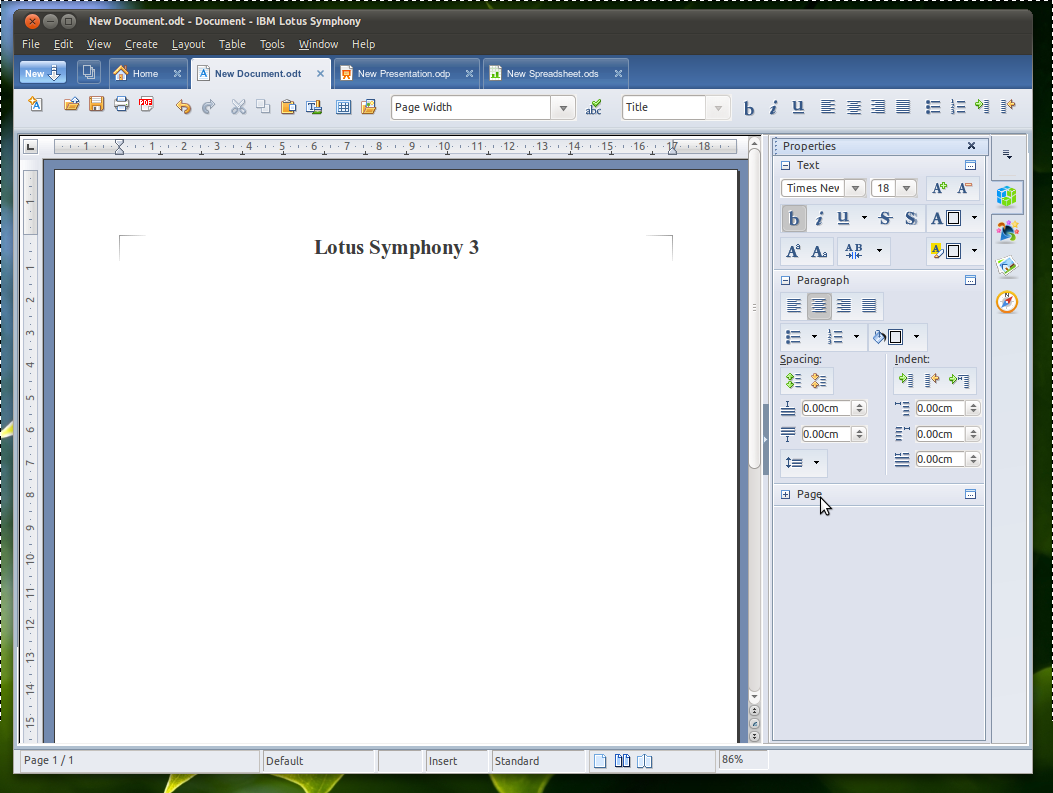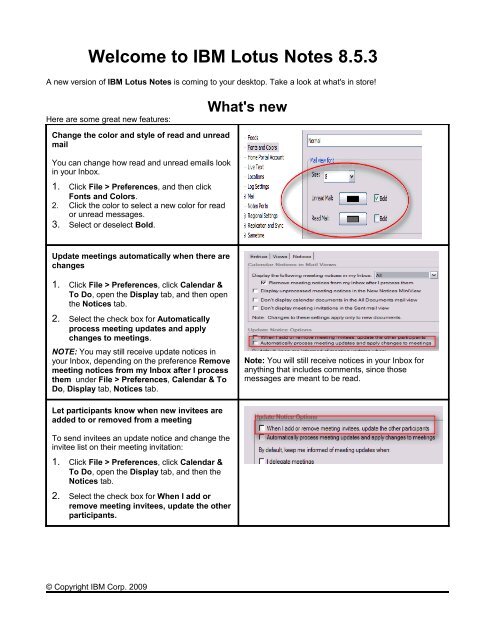

This component allows users to discuss topics (in this case, Lotus Notes Designer) in a user discussion forum setting. The second component of this example is a Lotus Notes discussion application that is shown in the following screenshot. But our example shows how you can re-use this service, combine it with other services, and extend the value of this component: Certainly, this is a valuable service by itself. On its own, this component shows a list of contacts and has a preview pane showing the details for the currently selected contact. The following screenshot shows the Contacts view of Lotus Notes. The first component of this example is Lotus Notes contacts.

Available online or offline, composite applications can facilitate self-service activities. This is an important element in enabling a business to respond flexibly to business changes and to alter application interactions as needs dictate. With composite applications, the services are loosely coupled and independent (not hardwired into the infrastructure), so they can be easily re-used or extended, as business needs change. An NSF-based composite application can consist of NSF, Eclipse, and WebSphere Portal components.Įlimination of information and service "silos" is a key benefit of composite applications for end users. With Lotus Notes 8.5.3, server managed, NSF-based composite applications can be created or edited. The ability to create and edit composite applications lets you easily combine and re-use different services, providing a tremendous platform for service re-use-a key characteristic of an SOA. Composite applications provide the frontend of an SOA. This ability is useful in the Assemble phase of the SOA lifecycle.Ī composite application is a loosely coupled collection of user-facing components brought together for a specific business purpose. Lotus Notes 8.5.3 has the ability to assemble composite applications. Enabling further extension of Lotus Notes to work with SOAs through an open technologies framework.Lotus Notes 8.5.3 does this by providing a composite application development capability, and by providing web service consumer and producer capability.

Lotus Notes can help an organization achieve target architecture requirements with SOA characteristics by: Import .ui.Now that we've covered the basics of SOAs, it is time to examine how Lotus Notes 8.5.3 fits in.
#TUTORIAL FOR LOTUS NOTES 8.5 CODE#
Lastley here is the updated code for our adapter class. Enablement can be tested in the visiblewhen and enablement child elements with the adapt element.

You will need to make sure the current element adapts to either a NotesUIDocument or NotesUIView. You can find more information the .menus extension point and the visiblewhen and enablement child elements here. I also left the enablement/disablement of the context menu up to you. The Javadoc for the APIs are on the wiki, 8.5.1 and 8.5.2. If you are interested in learning more about the Notes Client Java UI APIs (.ui plugin from the video) please check out the API documentation on the wiki.
#TUTORIAL FOR LOTUS NOTES 8.5 HOW TO#
We also take a quick look at how to debug your plugins for the Eclipse IDE. In part three of this tutorial we will be leveraging some APIs provided by Lotus Notes to change the behavior of our context menu.


 0 kommentar(er)
0 kommentar(er)
